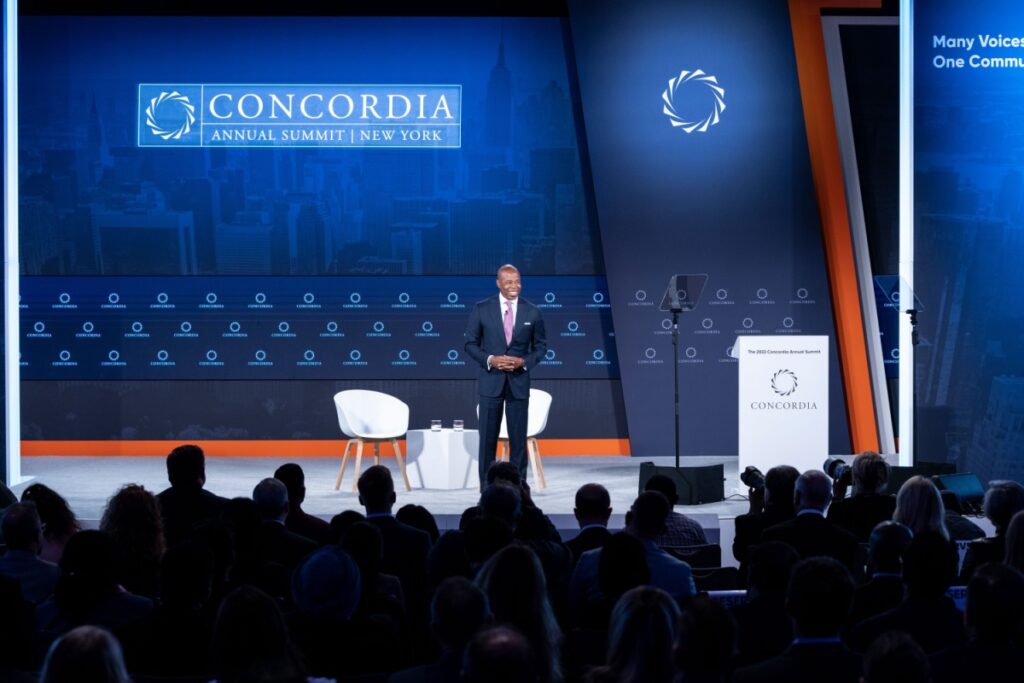International aid organizations, long reliant on multilateral funding, are now facing intensified pressure. In recent months, several donor states have cut or withheld contributions to key United Nations agencies. As a result, non-governmental organizations (NGOs) and civil society groups are scrambling to adjust their strategies, diversify income streams, and forge new alliances as the traditional funding environment grows more hostile.
Rising Strains on Global Assistance
The cuts are especially severe in areas hit hard by conflict or climate emergencies. For instance, reductions in support to UNICEF, UNHCR, and the World Food Programme are hitting programs for children, refugees, and hunger relief. Agencies warn that millions of lives now hang in the balance amid budget shortfalls.
Shifting Alliances and Funding Models
To counter faltering support from state donors, NGOs are exploring alternative models rooted in public-private collaboration. Foundations and high-net-worth individuals have stepped forward. The Bill & Melinda Gates Foundation, for example, has increased grants for global health and education programs. Meanwhile, Michael Bloomberg, a former mayor and philanthropist, is redirecting resources toward climate, inequality, and public health initiatives.
Some organizations are also experimenting with venture-style financing. Instead of grants alone, they are combining impact investment, social bonds, and blended finance to attract capital that seeks modest returns aligned with social goals. These tools aim to bridge the gap between philanthropic generosity and sustainable program finance.
At the same time, NGOs are forging deeper partnerships with the private sector. Corporations are being invited to contribute not just funding, but technology, logistics, and operational support. In some cases, NGOs are negotiating risk-sharing agreements, whereby companies absorb certain project risks in exchange for social impact metrics. This trend is accelerating as donor states retract.
Operational Shifts and Tactical Responses
On the ground, NGOs are undergoing internal restructuring to become leaner and more responsive. They are consolidating offices, streamlining back-office functions, and redirecting staff to field work. Some agencies are emphasizing cost-effective interventions such as cash transfers and local procurement, rather than high overhead models that require international supply chains.
To adapt to smaller budgets, some NGOs are narrowing the focus of their programs. Rather than attempting to cover every need in a crisis zone, they are concentrating on core life-saving services, such as primary health, nutrition, and clean water. Ancillary programs—such as arts, education, or community development—are being trimmed or offloaded to smaller local groups.
Monitoring and evaluation practices are also evolving. Given increased scrutiny and competition for scarce funds, NGOs are investing more in data-driven reporting, digital tracking, and transparency tools. Some are embracing blockchain-based recordkeeping or real-time dashboards to demonstrate impact to donors and partners.
Navigating Political and Institutional Risks
The changing landscape presents heightened political risks. In several donor countries, aid agencies face pressure to prioritize national security or migration control over humanitarian obligations. Aid agreements are increasingly tied to geopolitics, with funding sometimes conditioned on diplomatic or trade objectives.
UN agencies themselves are navigating tensions. The United States, for example, has paused or reduced contributions to certain UN bodies amid budget disagreements. These shifts strain the ability of those agencies to coordinate responses and undercut established frameworks that NGOs depend upon.
In this environment, some NGOs are bypassing traditional UN channels entirely. They are opting instead for direct implementation or bilateral arrangements with host nations. While this accelerates delivery in certain contexts, it also risks duplication, competition, or fragmentation of services in fragile settings.
Nevertheless, some multilateral efforts are showing resilience. At the latest UN gathering, states reaffirmed commitments to the Sustainable Development Goals and pledged renewed funding pledges for critical global funds. Donors and NGOs alike emphasized the need to protect humanitarian space even amid political volatility.
The overarching reality is clear: the collapse of predictable funding has injected urgency into innovation, partnership, and adaptability for the nonprofit sector. Yet, as strains mount, the balance between ambition and resource constraints continues to test even the most seasoned organizations.


